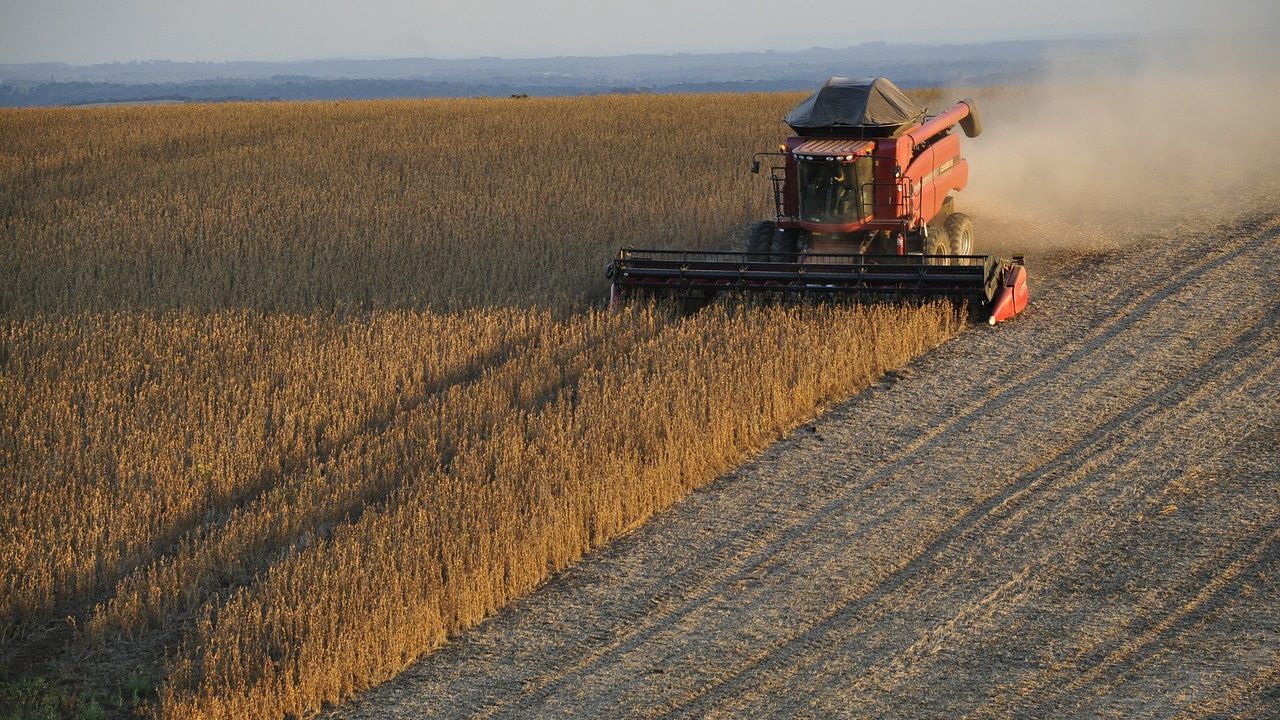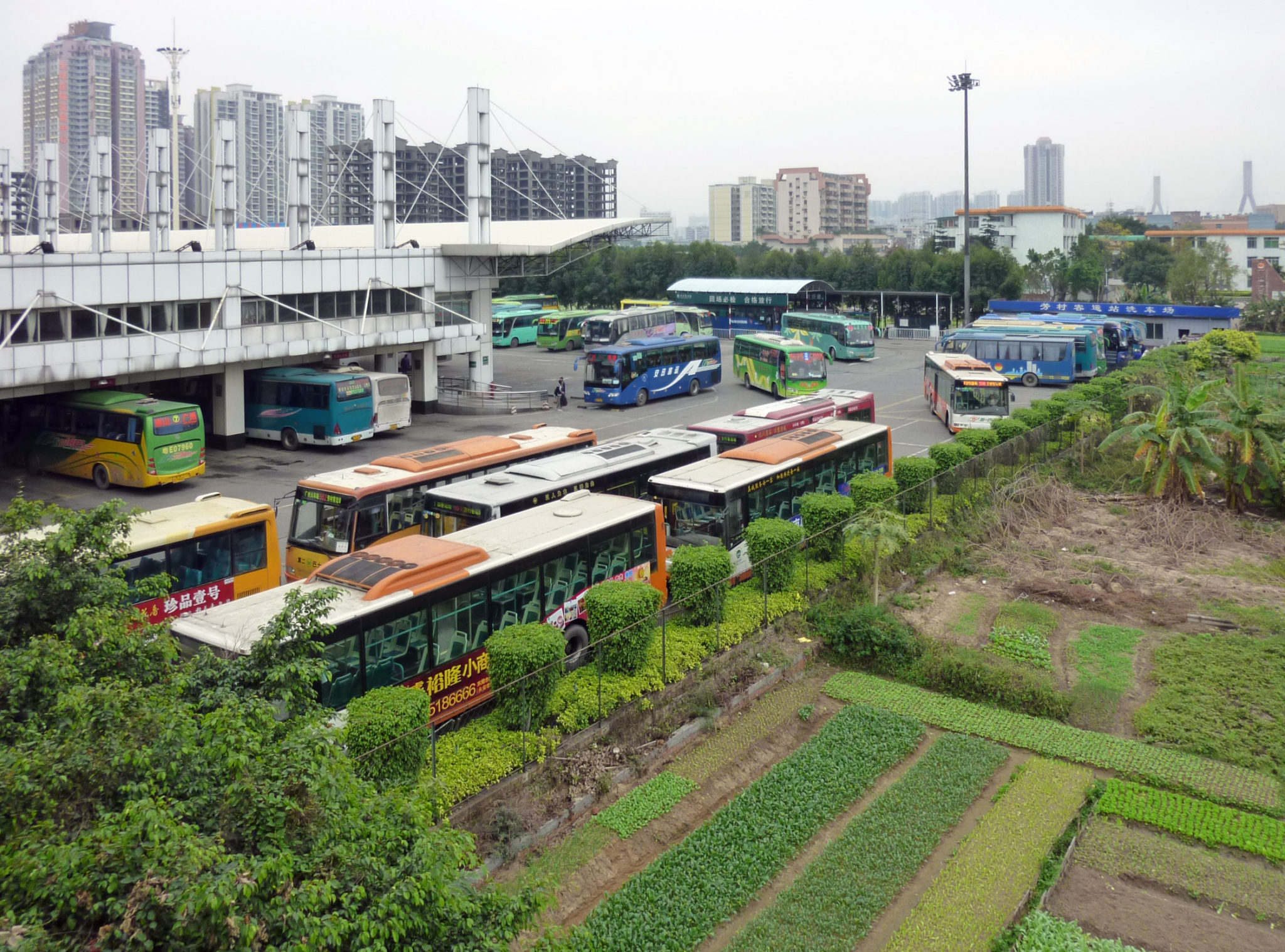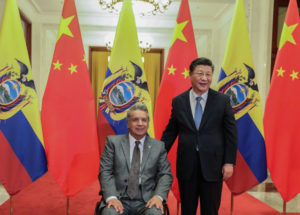In only three decades, China’s food system has moved from one based on rationing and grain coupons to one characterised by increasing choices, rising prices and growing concerns about food quality and safety. In 2012, China became the world’s largest grocery retail market. This growth is shaped by urbanisation and the emergence of a middle class with changing food habits.
E-commerce grew by more than 52% in value between 2014 and 2016. Ordering lunch or dinner online became daily routine for millions of urban residents, despite the tremendous amount of food and plastic waste generated. Meanwhile, younger Chinese are distancing themselves from the origins of food and losing food knowledge and skills.
Research reveals some striking dietary changes, such as increased consumption of oils, animal-sourced foods and sugar-sweetened beverages.
Despite these fundamental changes in how food is consumed, China’s food production is still dominated by 200 million small scale farms selling products through a complex system of formal and informal mechanisms. This system is comprised of subsidised large food firms designated as “dragon head” enterprises by the state, specialty co-operatives, government-run wholesalers, and uncharted systems of petty-traders to bring products from villages to diverse markets and retail formats.
The health consequences of changing food consumption patterns are striking.
Meanwhile, the agricultural sector is also rapidly modernising. Traditional and modern food supply chains co-exist in many agricultural sectors. The livestock and dairy sectors are achieving greater outputs through farm and processing consolidation. These sectors are increasingly relying on imports of feed, primarily soybeans, in order to meet growing domestic demands for animal-based foods.
Foreign direct investment has catalysed China’s food processing sector. Overseas firms are starting to play key roles in agricultural processing (eg big grain dealers ADM, Cargill, Bunge and Wilmar), food manufacturing (eg Nestle, General Mills, Coca-Cola, Pepsico, Danone, Heineken), and food services (eg Yum! Foods, McDonald’s).
Why does it matter?
China’s growing dependence on imported food makes it a critical player in the global food market. The gigantic size of its population and food economy means transformations of its food system will have consequences – some unintended – for its 1.4 billion people and the rest of the world.
There are myriad environmental and socioeconomic consequences of China’s food transformations: from greenhouse gas emissions linked to excessive and inefficient use of synthetic fertilizer, to the depletion and pollution of soil and groundwater resources, to state policies that marginalise smallholders and provide financial support for large-scale farms.
114 million
number of people with diabetes in China
The health consequences of changing food consumption patterns are also striking. One dire concern is the rapid rise of non-infectious diseases such as hypertension (persistently high blood pressure), obesity, diabetes and cardiovascular diseases. One in three adults in China has high blood pressure.
At 114 million, the country also has the world’s largest number of diabetics. The huge costs associated with this public health crisis will place a heavy burden on the sustainable development of China and, by implication, the world.
The impacts of China’s food system changes on foreign countries vary greatly.
Driven by growing concern about nutrition among the burgeoning middle class in China, the surge of avocado consumption there, for example, brings new business opportunities but also a potential environmental crisis in Latin America.
The distrust of domestic dairy brands among Chinese, due to the melamine-tainted milk scandal of 2008, has led to a surge in demand for Australian baby formula and consequently a “baby formula crisis” in Australia itself.
The trade spat between China and the US further demonstrates how deeply embedded China’s food system is in the global political economy. Trade war tensions may affect China’s domestic food production and consumption through the rising cost of imported feed. There are also fears that China shifting its source of soybeans from the US to Brazil will result in not only the deterioration of farmers’ livelihoods in the US but also further environmental destruction in South America.

Opportunities and recommendations
Various opportunities for promoting a more sustainable food system are emerging in food-related policies and among civil society groups in China.
The Chinese government has signalled its support for the development of a more sustainable agriculture. The National Agriculture Modernisation Plan (2016-2020), for example, calls for more public investment in the protection of agricultural resources, restoration of agricultural land and promotion of the diverse functions of agriculture. The National Sustainable Agriculture Development Plan (2015-2030), a guiding document issued in May 2015, marked a new beginning for agriculture development in China.
Meanwhile, alternative food initiatives such as community-supported agriculture and ecological farmers’ markets are thriving in China, to cope with the food safety crisis.
Non-governmental organisations and academics in several Chinese universities have been proactively advocating for the potential and rights of small farmers in sustainable agriculture development. Integrated public food education programs have also been created by several leading community-supported agriculture farms.
Much more could be done to reduce the adverse impacts of the changes to the food system. Agroecology should be better promoted in agricultural policies. Smallholders should be recognised in policies for their knowledge and potential in sustainable agriculture development. Innovative food sourcing channels, like farmers’ markets, should be supported to rebuild consumer trust in domestically produced food. The potential of civil society should be better supported to foster sustainable food production and consumption and public education programs about food.
Our research is an effort to move this agenda forward.






![Arctic frontiers emerging leaders programme: The group of Arctic leaders at Tromso, Norway, with Jadhav 5th from right, first row [image by: Pål Brekke]](https://dialogue.earth/content/uploads/2019/01/50408647_10156965855024715_8346070978907865088_o-300x178.jpg)

